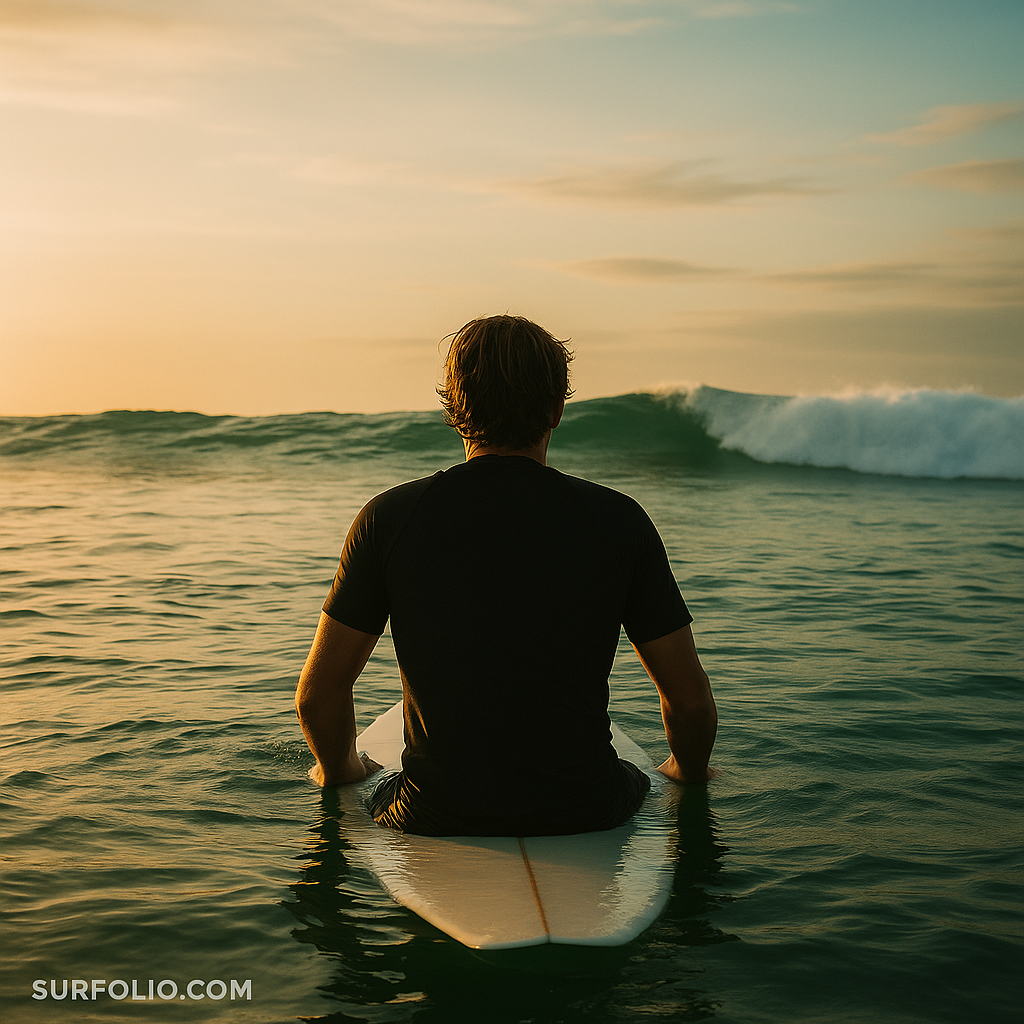
Wave awareness is the foundation of great surfing. It’s what separates beginners who chase waves from seasoned surfers who flow with them. The more you understand how waves form, break, and behave, the better your timing, positioning, and decision-making become.
Building wave awareness takes time, patience, and mindful observation—but once you get it, surfing transforms from reactive to intuitive.
What Is Wave Awareness?
Wave awareness is your ability to read, anticipate, and adapt to the ocean’s movement. It’s the mental connection between what you see on the horizon and how you respond on your board.
Good wave awareness means knowing which waves will break best, where to sit in the lineup, and how to move smoothly with changing conditions. It’s equal parts observation, timing, and instinct.
Step 1: Watch Before You Paddle Out
The best surfers always study the ocean before they even touch the water. Take 5–10 minutes to watch the lineup:
- Where are waves breaking most often?
- Which direction do they peel—left or right?
- How long are the rides?
- Where do surfers position themselves?
This simple pre-surf observation builds your internal map of the break. You’ll learn to recognize sets, lulls, and currents that influence wave shape and frequency.
Step 2: Learn How Waves Form
Waves don’t appear randomly—they’re shaped by wind, tides, and underwater topography.
- Swell direction: Determines which breaks receive the best waves.
- Tides: Affect how deep or shallow the takeoff zone is.
- Ocean floor (bathymetry): Controls how waves break—sandbars create shifting peaks, while reefs and points create more consistent lines.
Understanding these factors helps you predict when and where good waves will appear.
Step 3: Watch the Sets and Lulls
Every surf spot has a rhythm—a pulse of sets (groups of waves) followed by lulls. Pay attention to:
- Set intervals: How long between big sets?
- Wave size progression: Does each set start smaller and end with a bigger wave?
- Where surfers move: Notice how experienced surfers adjust their positions before each set.
When you can anticipate sets before they arrive, you’ll be in the right place at the right time—without scrambling.
Step 4: Study Wave Shape and Speed
Not all waves are created equal. Train your eye to spot subtle differences in shape:
- Peaky waves (defined takeoff point) are ideal for short, powerful rides.
- Shouldered waves (gentle slope) allow longer, flowy rides.
- Closeouts (breaking all at once) are best avoided.
As waves approach, look at how the lip forms and where the energy is focused. This helps you angle your takeoff and choose the best line down the face.
Step 5: Use Peripheral Vision and Feel
Wave awareness isn’t just visual—it’s sensory. As you surf more, you’ll begin to feel shifts in the water and pressure changes beneath your board.
Keep your head up and use peripheral vision to track movement on the horizon. Over time, your instincts will guide you naturally toward good positioning.
Step 6: Learn from the Locals
Locals often have an intuitive grasp of their home break. Watch how they paddle, position, and react to incoming waves. Ask questions when appropriate—they’ll often share insights about tides, takeoff spots, and subtle cues.
Observation and humility go a long way in building awareness and earning respect.
Step 7: Be Patient and Consistent
Wave awareness isn’t something you master overnight. It develops session by session, as you experience different conditions. The more you surf, the faster your brain starts connecting patterns—turning conscious observation into automatic intuition.
Even sitting in the lineup on smaller days builds awareness—watching, waiting, and syncing with the ocean’s rhythm.
Final Thoughts
Wave awareness is the bridge between reacting to waves and understanding them. It’s about slowing down, watching, and learning the language of the sea.
Once you can read the ocean’s mood and timing, you stop fighting the water—and start flowing with it. That’s when surfing truly becomes art.
